Submitted by WA Contents
NEST HiLo, exploring futuristic construction methods, opened in Duebendorf, Switzerland
Switzerland Architecture News - Oct 11, 2021 - 12:27 5758 views
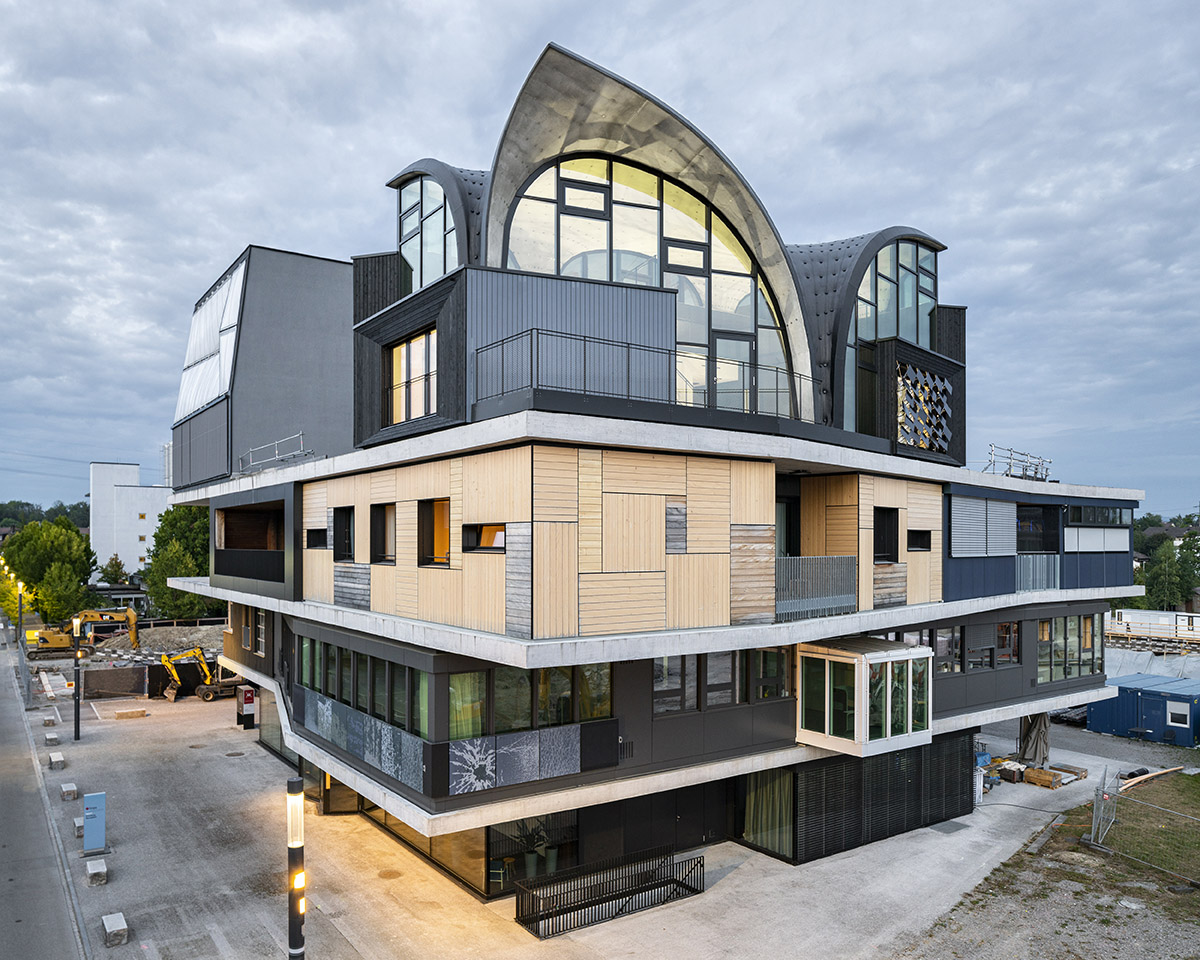
The latest addition of Empa and Eawag's NEST research building has officially opened on 6 October in Duebendorf, Switzerland.
The project, called The NEST HiLo, illustrates nearly a decade of formative ETH Zurich research in architecture and sustainable technologies.
Exploring futuristic construction methods, the unit is boasting an intricate, doubly curved concrete roof, lightweight funicular floors, and self-learning building technology.
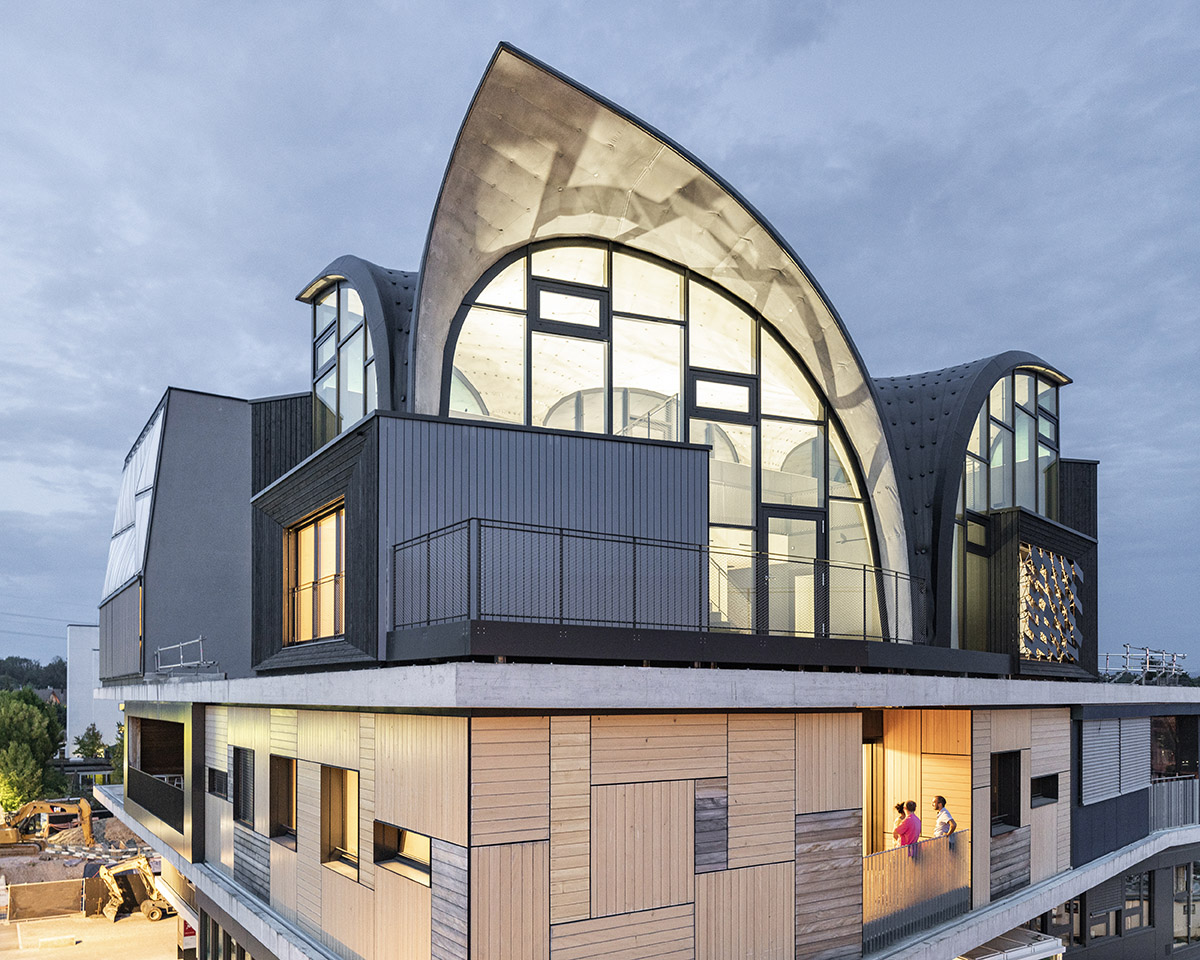
Image © Roman Keller
The two-storey building module features a striking, doubly curved concrete roof and novel, lightweight funicular floor system which was inspired by construction methods of the past, and planned and built using state-of-the-art computational design and fabrication techniques.
In the new unit, a team of scientists led by Philippe Block, Professor of Architecture and Structures, and Arno Schlueter, Professor of Ar- chitecture and Building Systems together with industrial partners explored how lightweight structures and efficient construction methods can be combined with intelligent and adaptive building systems to reduce both embodied and operational emissions in the construction and building industry.

Image © Roman Keller
Resource-efficient concrete structures
The unit’s striking roof derives its load-bearing capacity from its highly curved geometry combined with a concrete sandwich structure, made of two thin layers of reinforced concrete connected by a grid of concrete ribs and steel anchors.
To save large amounts of formwork material, the roof was built using a flexible formwork consisting of a tensioned cablenet covered with a thin membrane onto which the concrete was sprayed.
For the mezzanine floors of the two-storey unit, the researchers primarily aimed to use as little material as possible in the structure itself.
By using a rib-stiffened funicular shell instead of a flat plate, HiLo's lightweight funicular system uses over 70 percent less material than conventional floor slabs in reinforced concrete. Furthermore, digital production methods allowed the integration of ventilation, cooling, and low temperature heating systems into the floor structure for an even greater reduction in materials and volume.
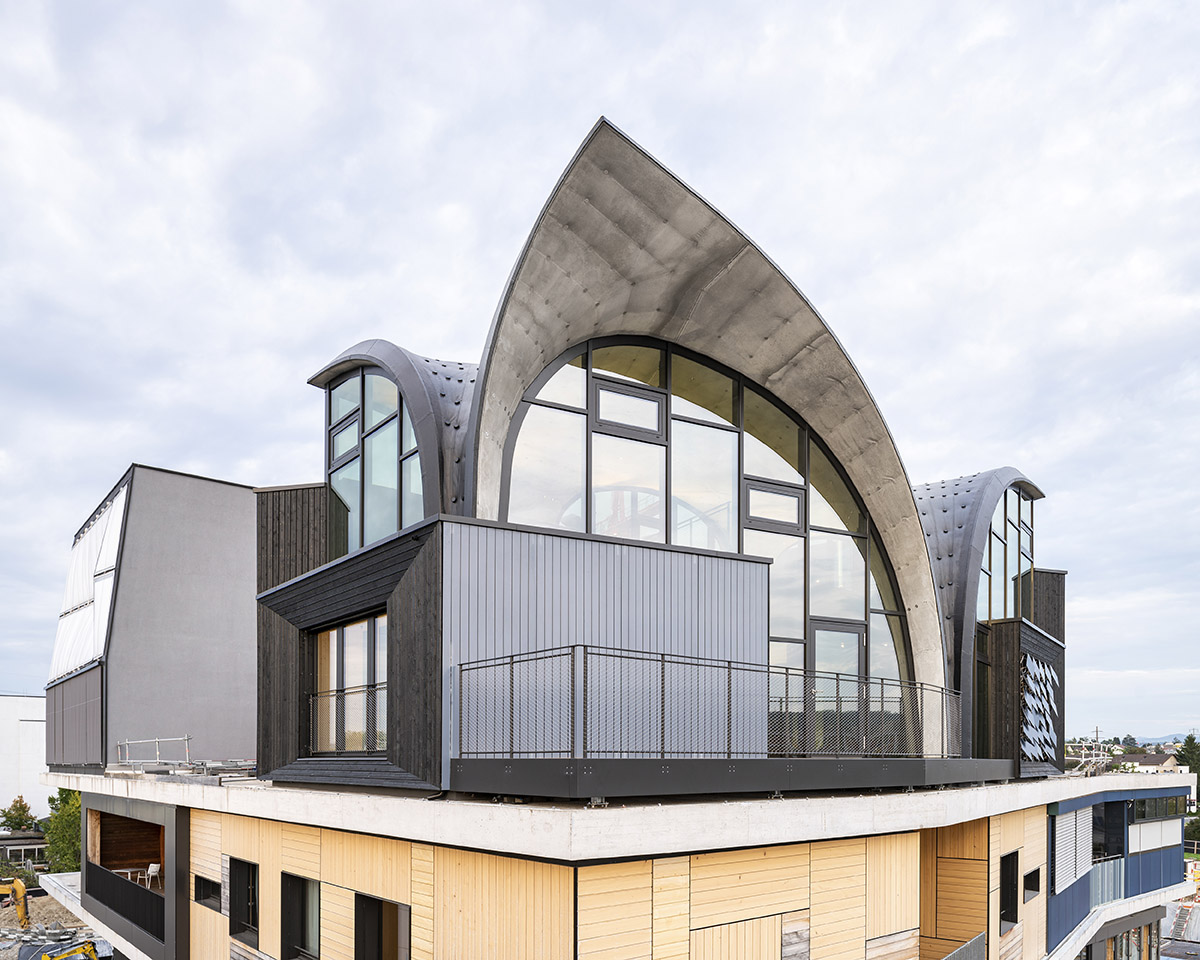
Image © Roman Keller
Learning building technology
The HiLo unit is also equipped with an adaptive solar façade developed by Schlueter's group. It consists of 30 photovoltaic modules that can be aligned with the sun. The flexible modules can also be used to control how sunlight enters the room in order to passively heat it or reduce cooling requirements.
The adaptive solar façade is one of a series of innovative building technology components designed for efficient indoor climate regulation. During operation, the researchers consistently optimised the interplay of the individual technologies using machine learning and considering the users, in order to investigate how comfortable indoor conditions can be achieved with as little energy and emissions as possible.
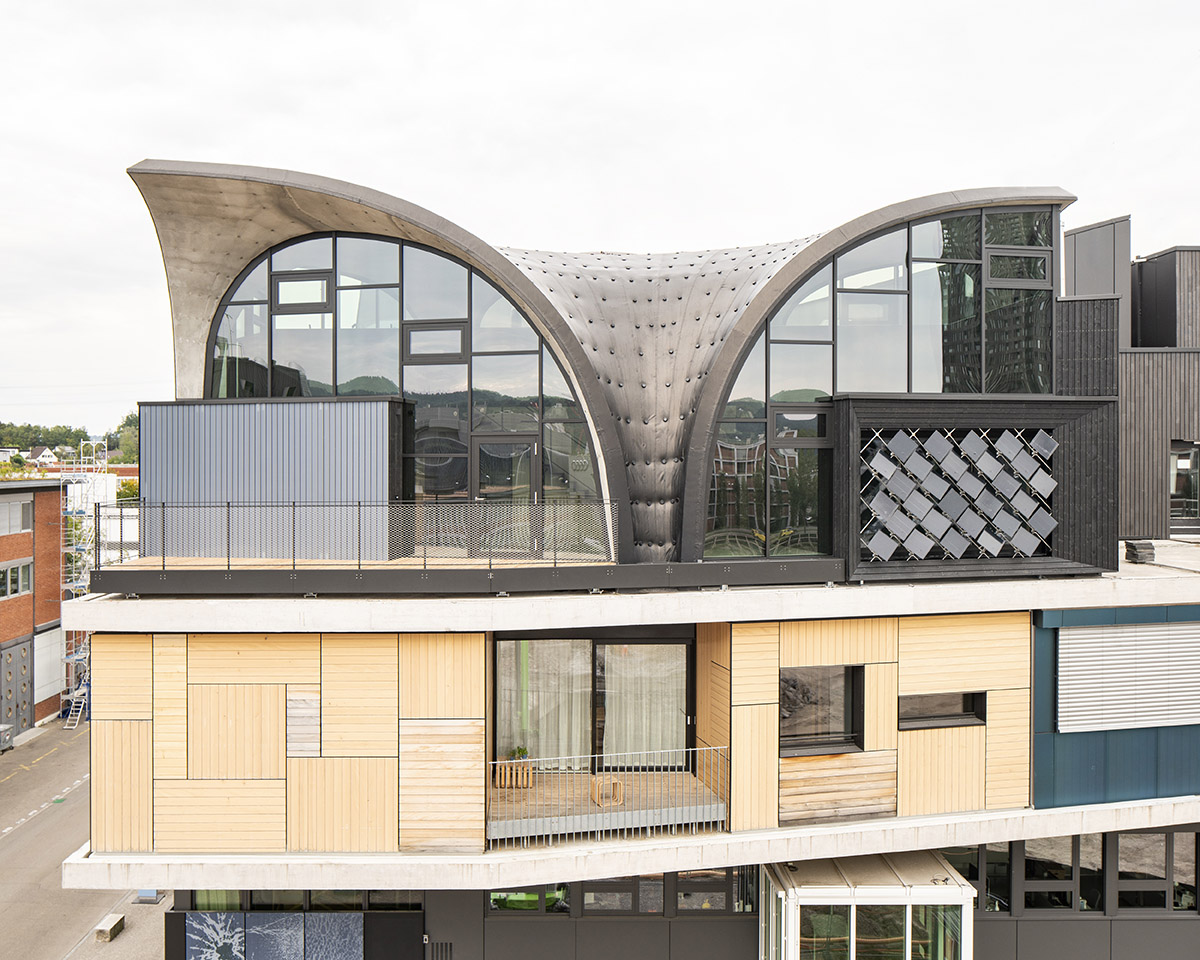
Image © Roman Keller
Research and industry learn from each other
HiLo stands for "high performance – low emissions". The unit allows researchers to test how the construction and operation of buildings can be designed to be as energy- and resource-efficient as possible, while at the same time ensuring an attractive architectural space and a high level of comfort.
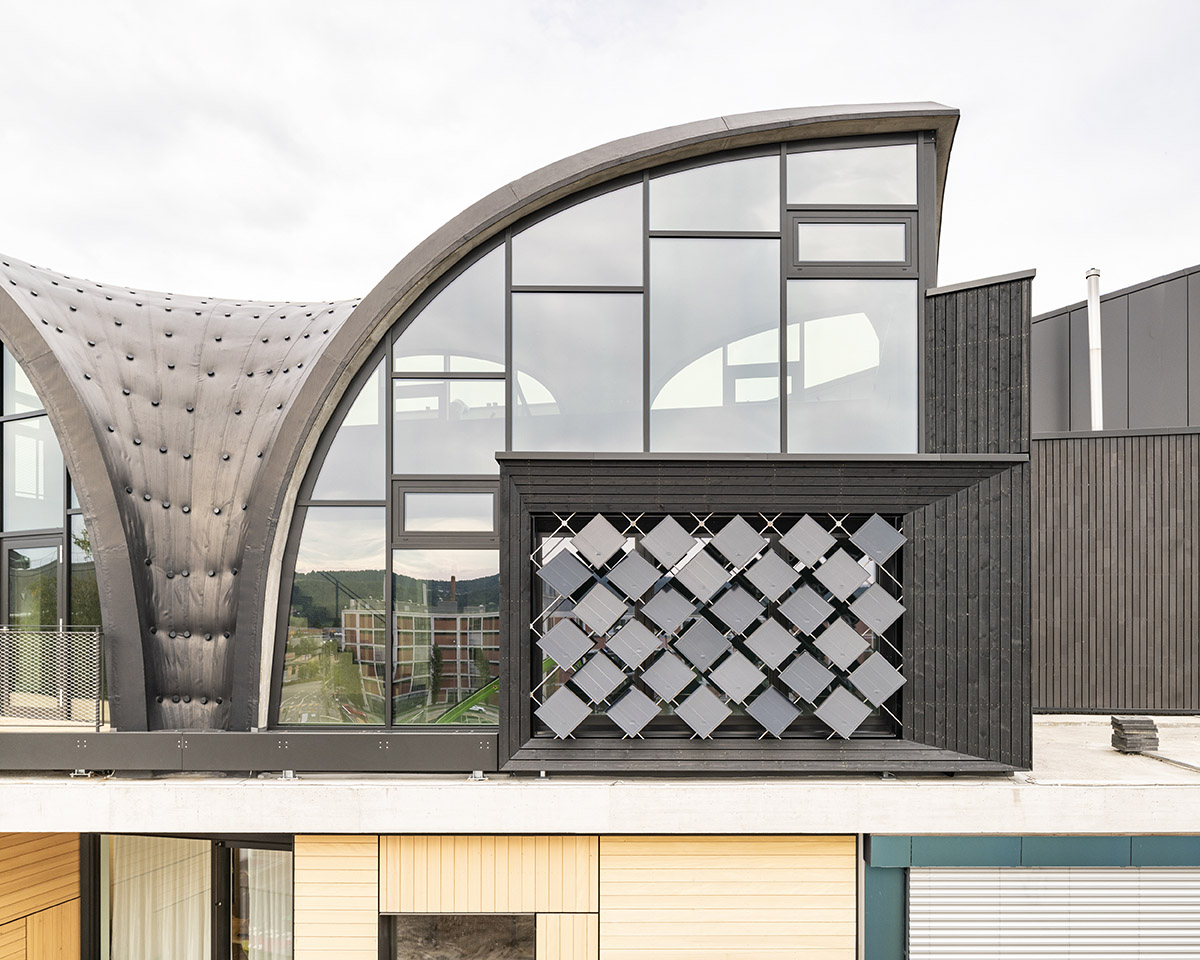
Image © Roman Keller
HiLo is the 8th module in the experimental NEST building on the campus of the two research institutions Empa and Eawag in Duebendorf, Switzerland (just outside of Zurich).
In the modular research and innovation building, scientists and industry partners can test and advance new building and en- ergy technologies in temporary building modules or units and under “real-life” conditions.
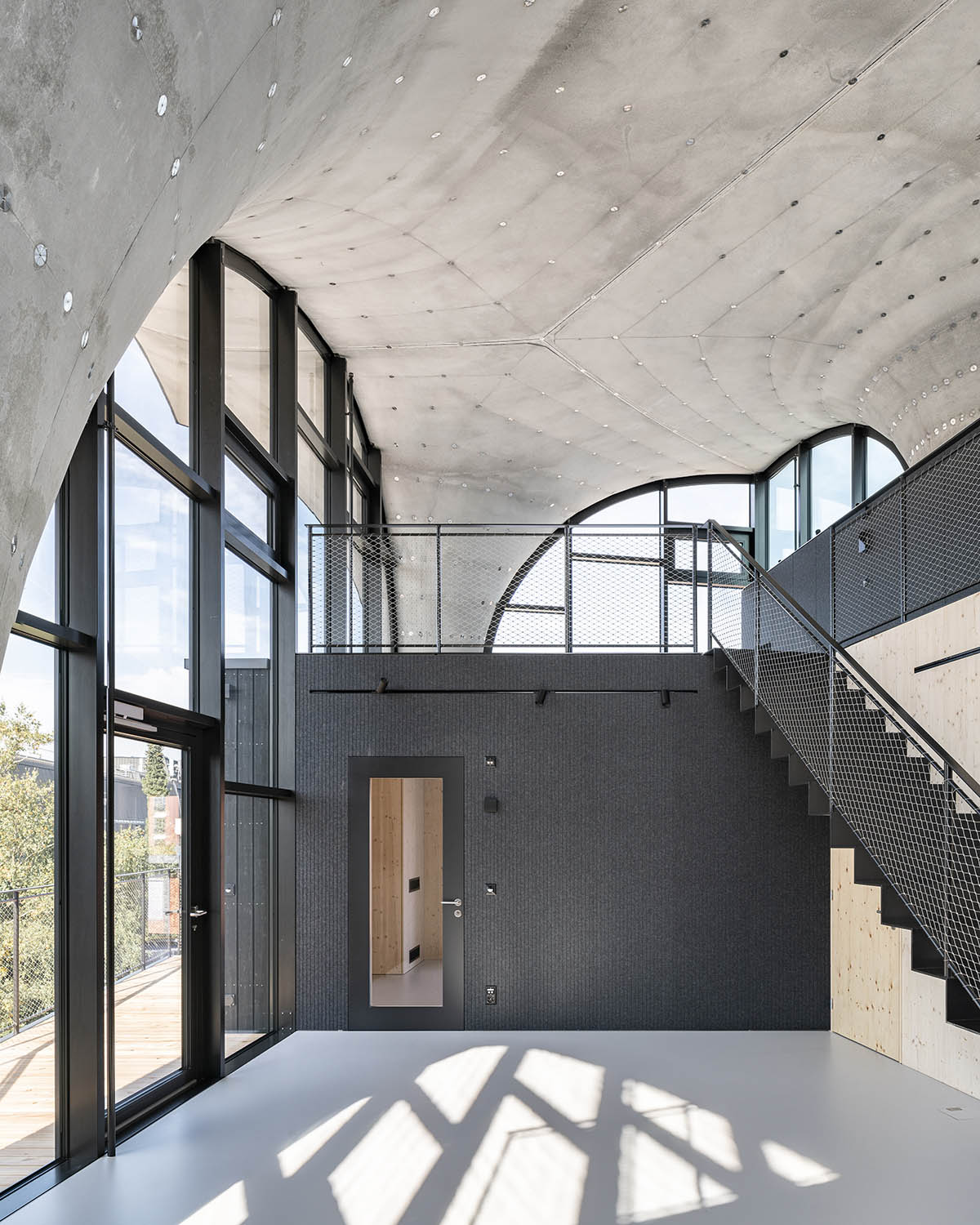
Image © Roman Keller

Image © Roman Keller

Image © Roman Keller
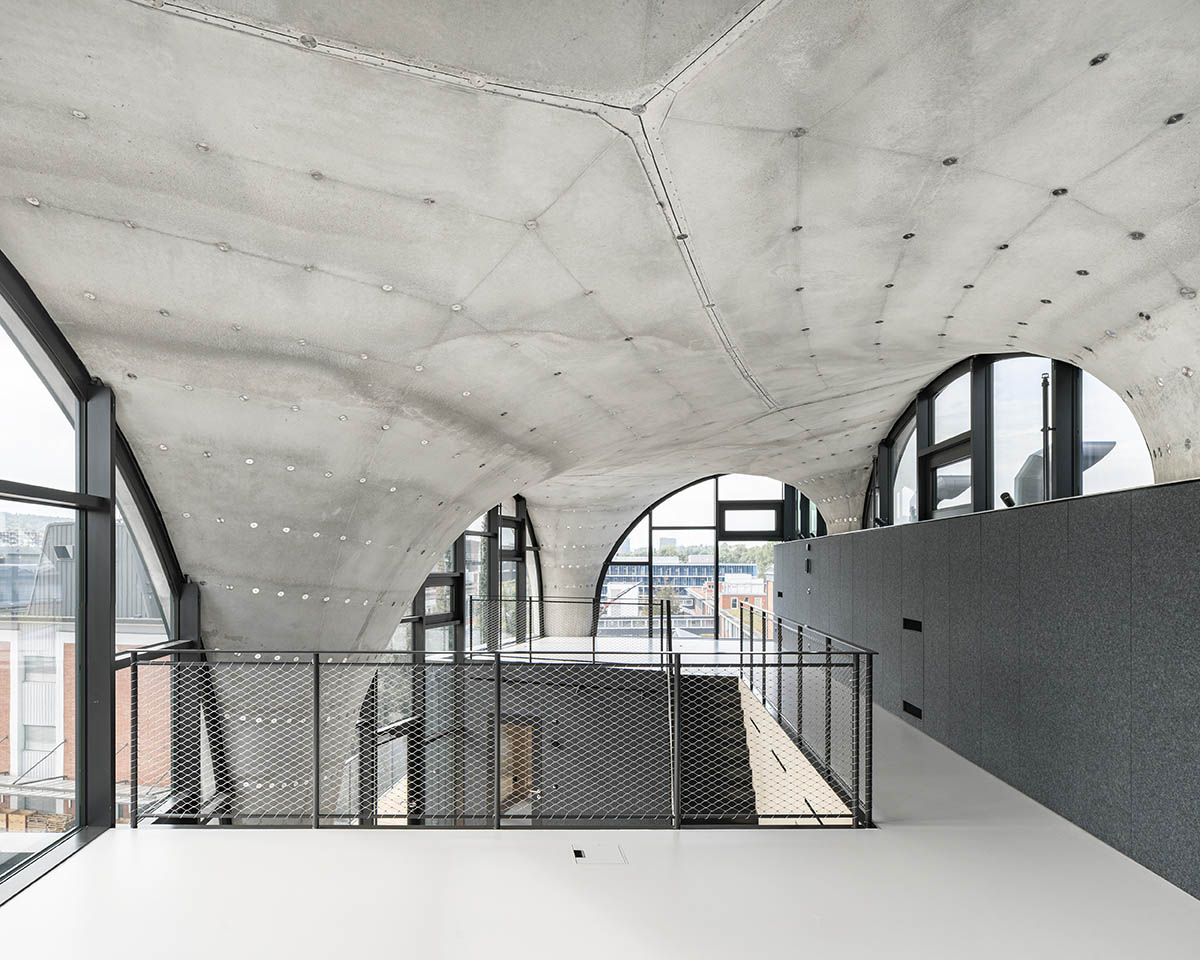
Image © Roman Keller
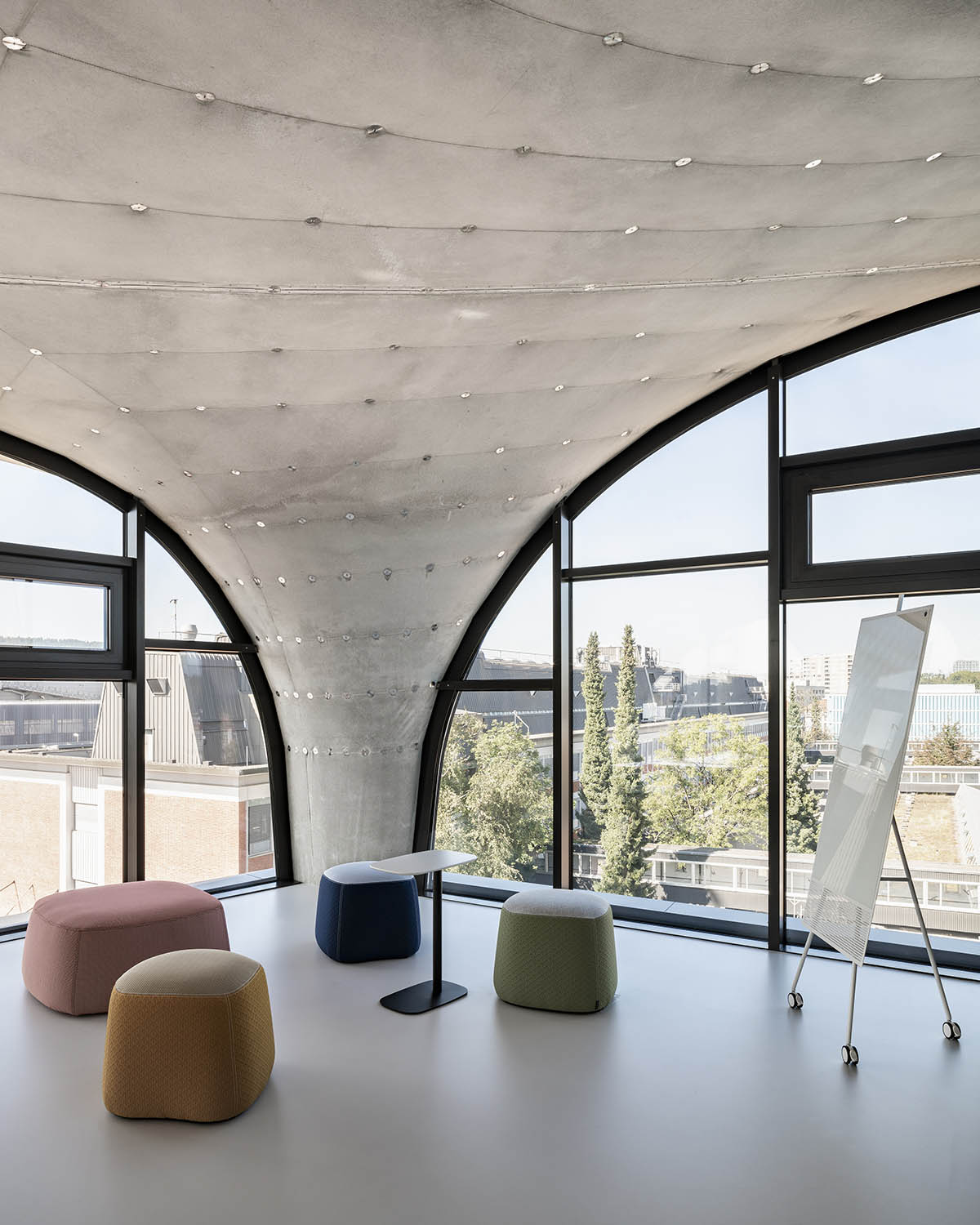
Image © Roman Keller
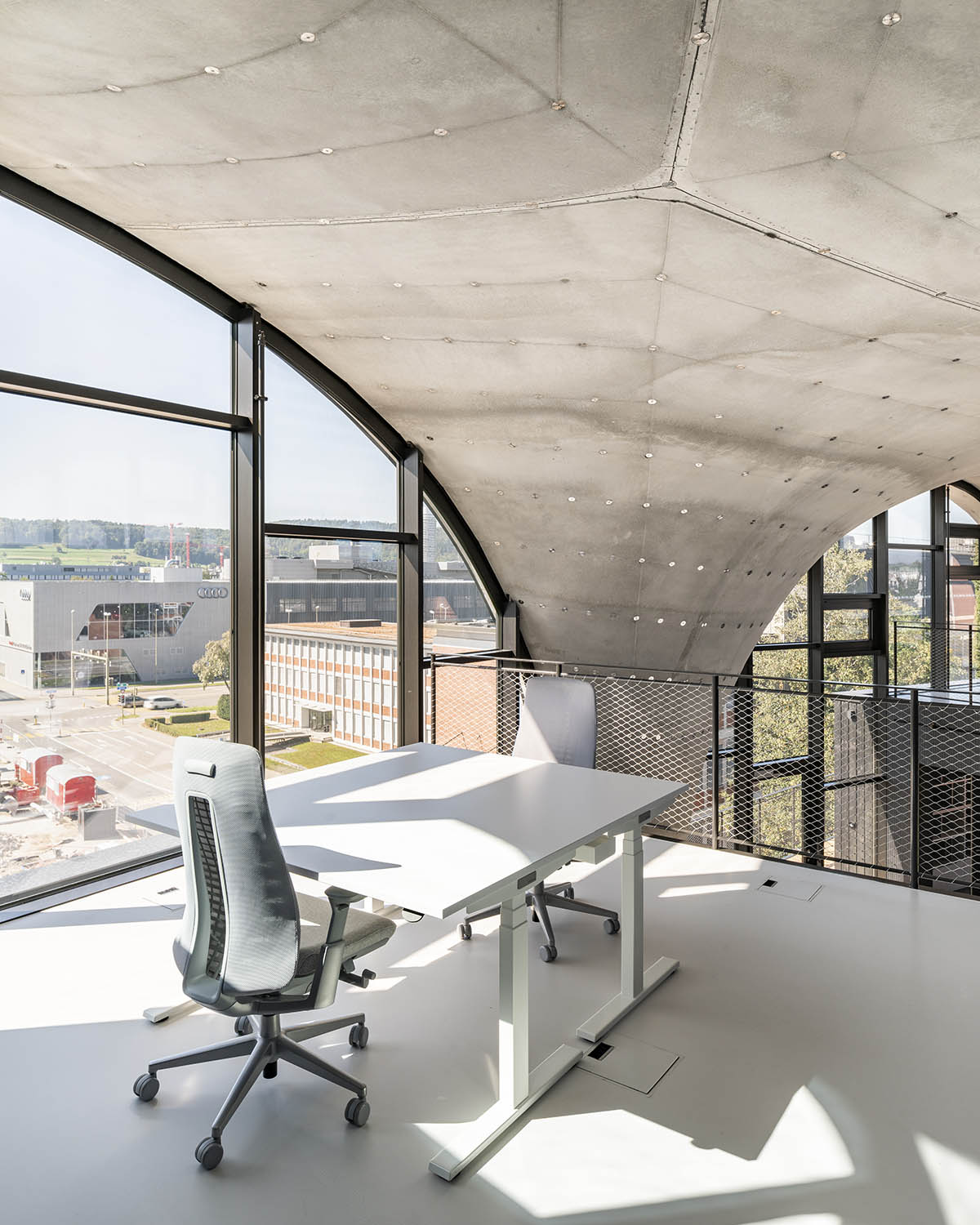
Image © Roman Keller
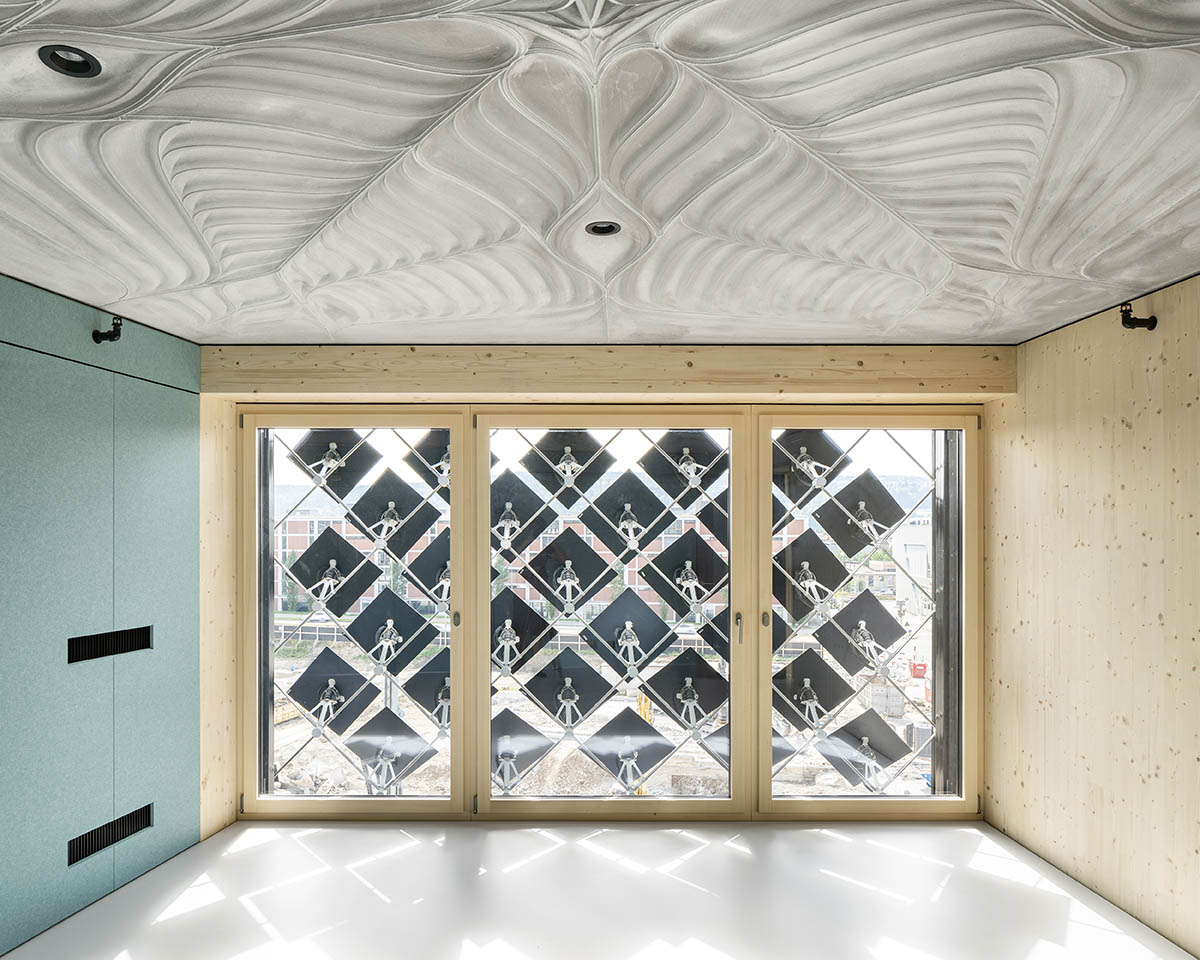
Image © Roman Keller

Image © Roman Keller
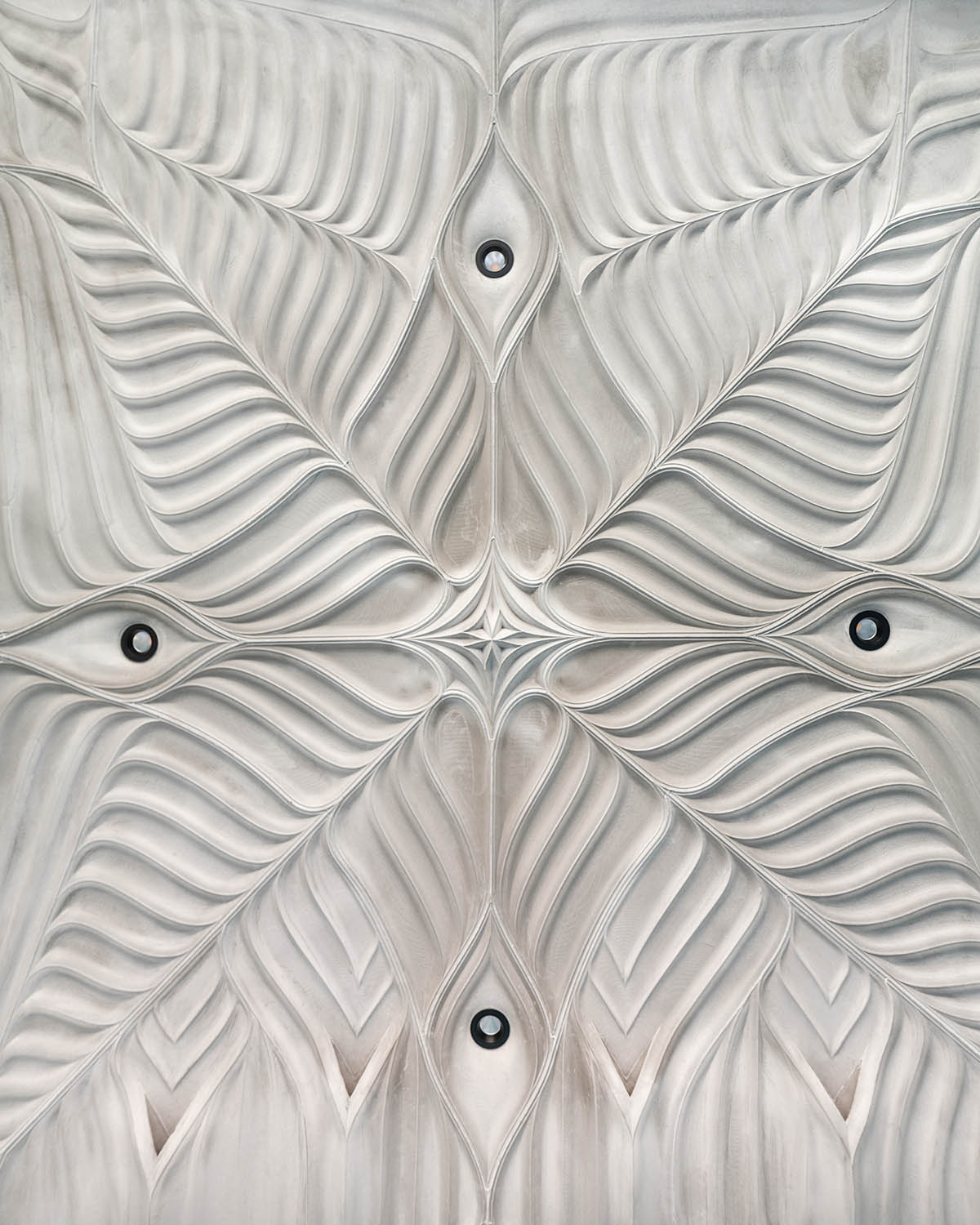
Image © Roman Keller
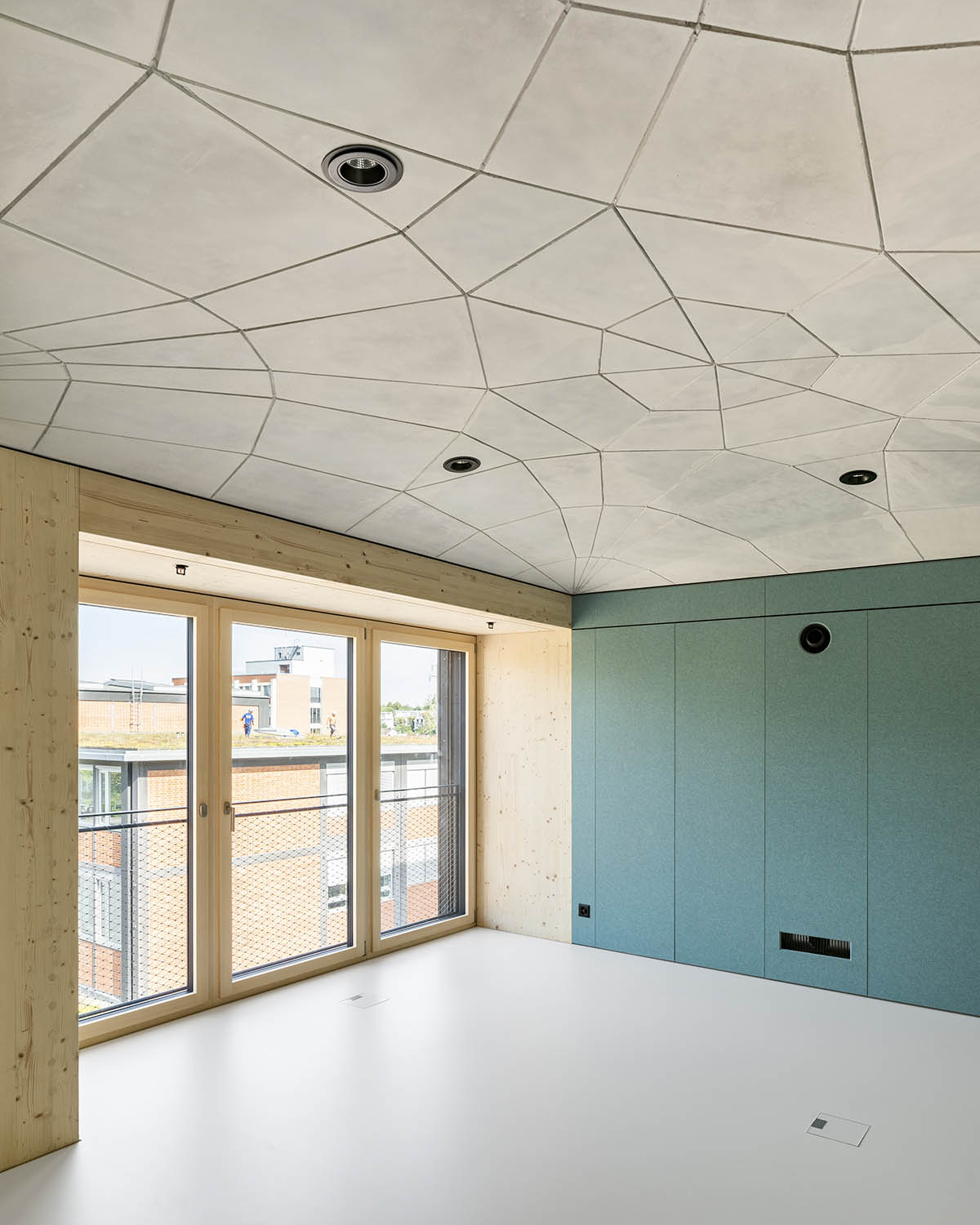
Image © Roman Keller
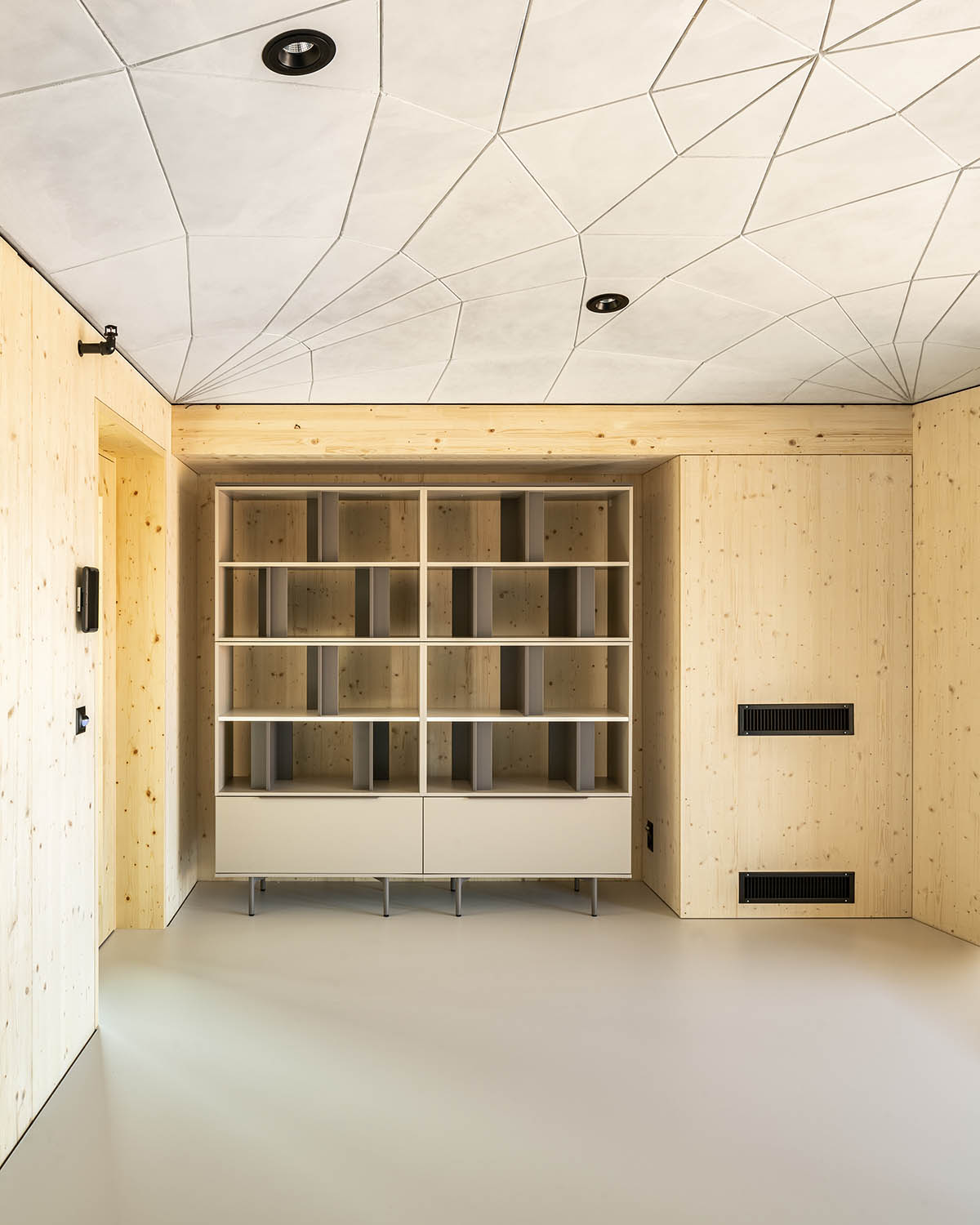
Image © Roman Keller
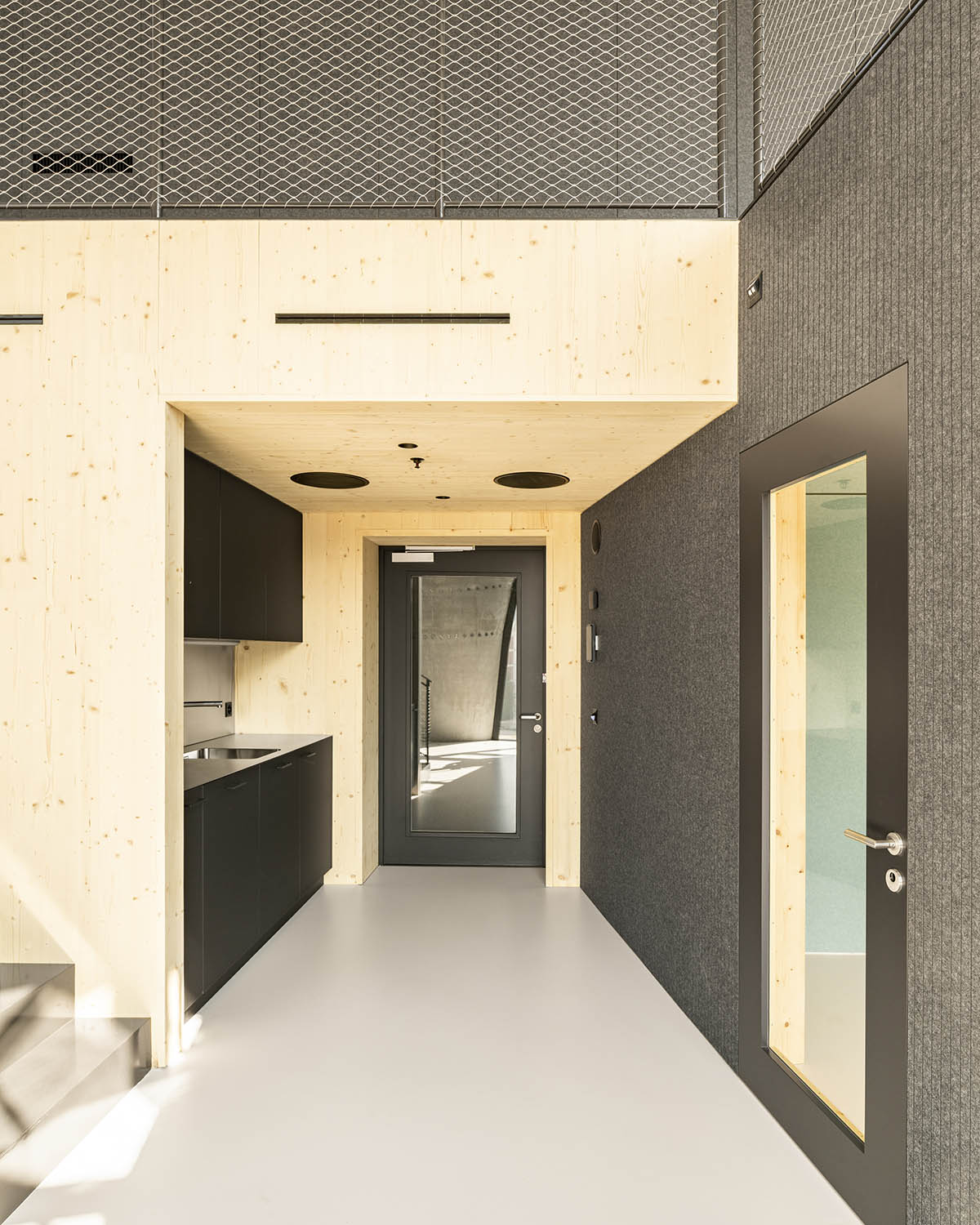
Image © Roman Keller
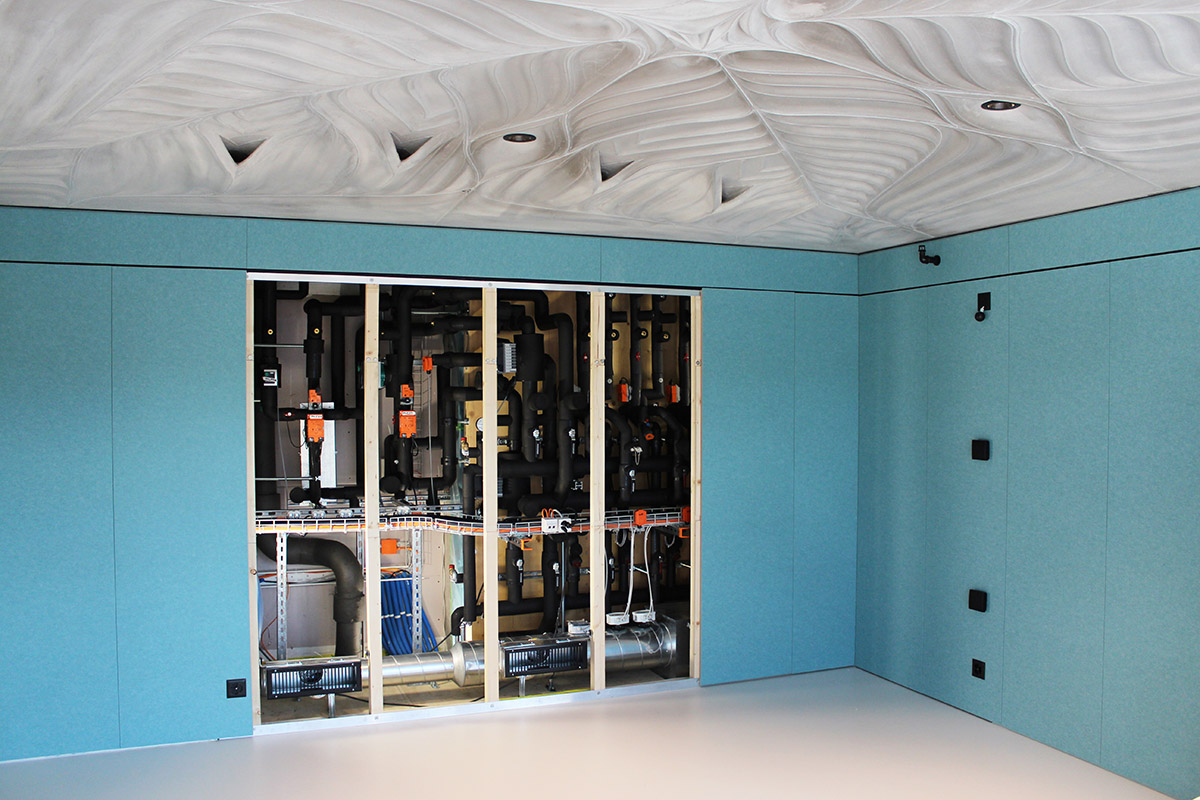
Image © Roman Keller
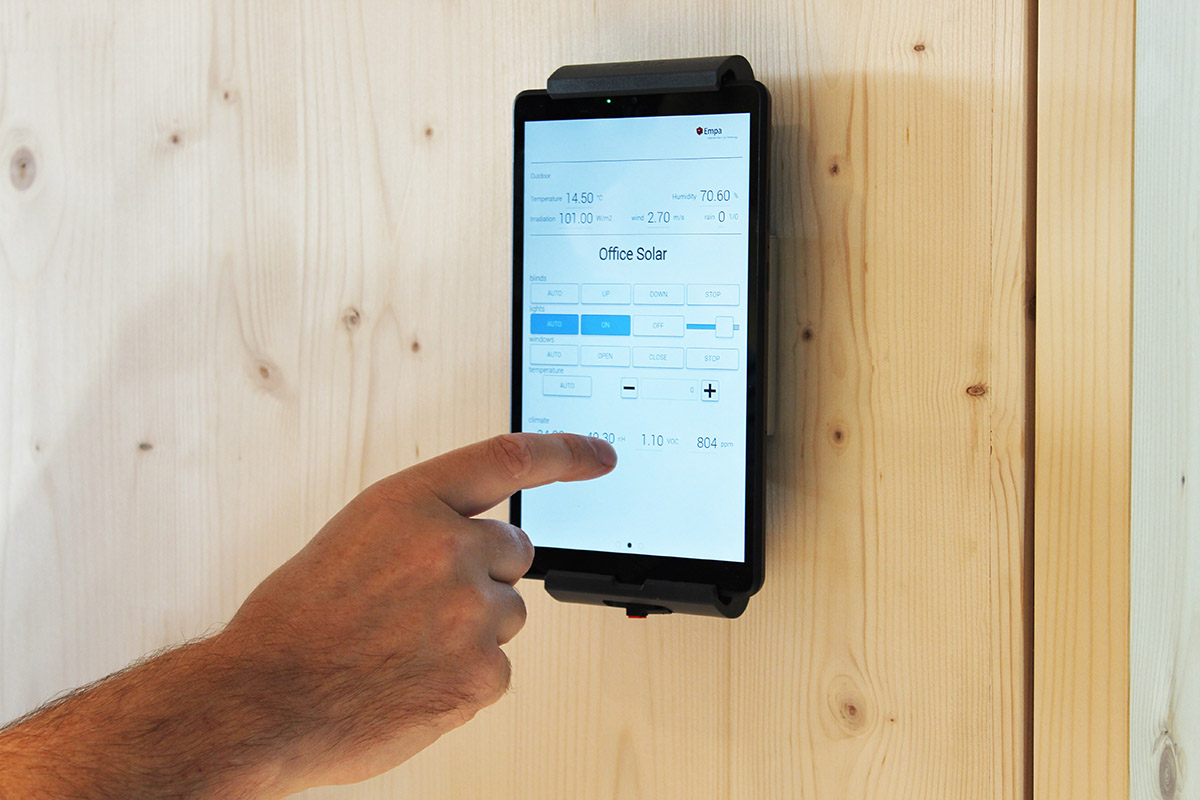
Image © Roman Keller
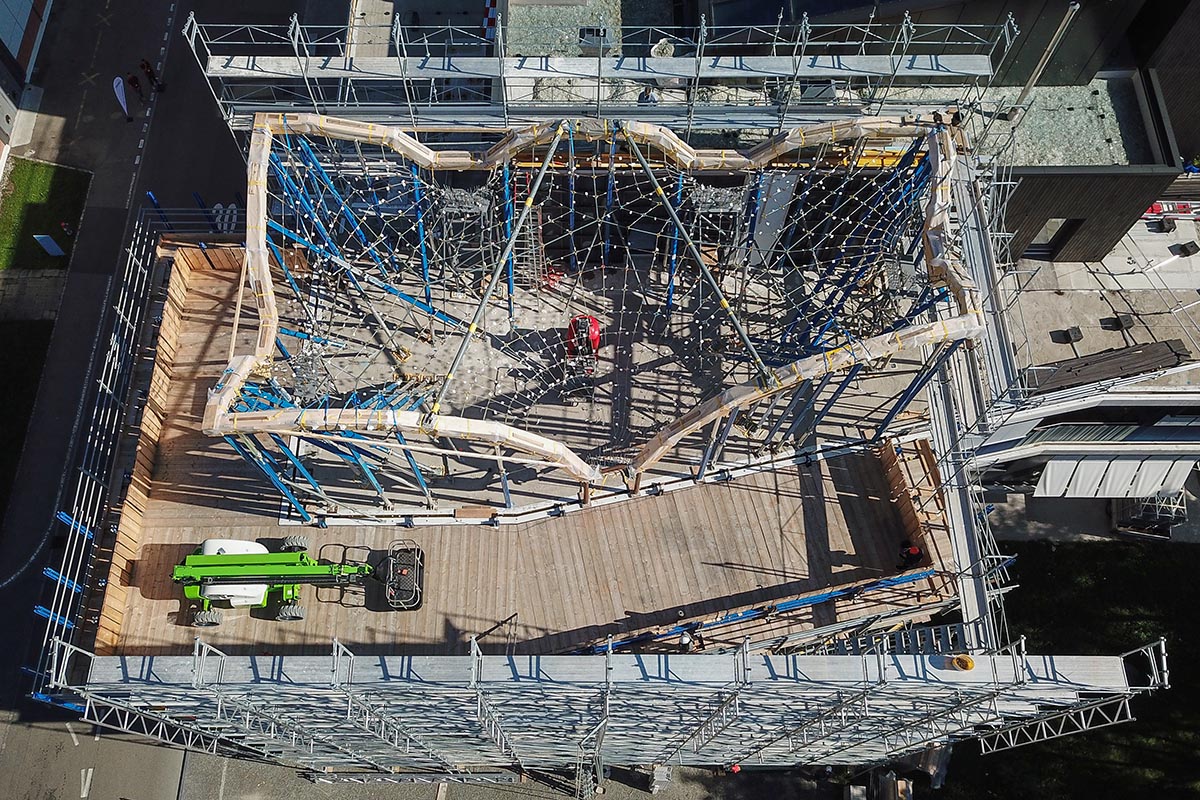
Image courtesy of ETH Zurich
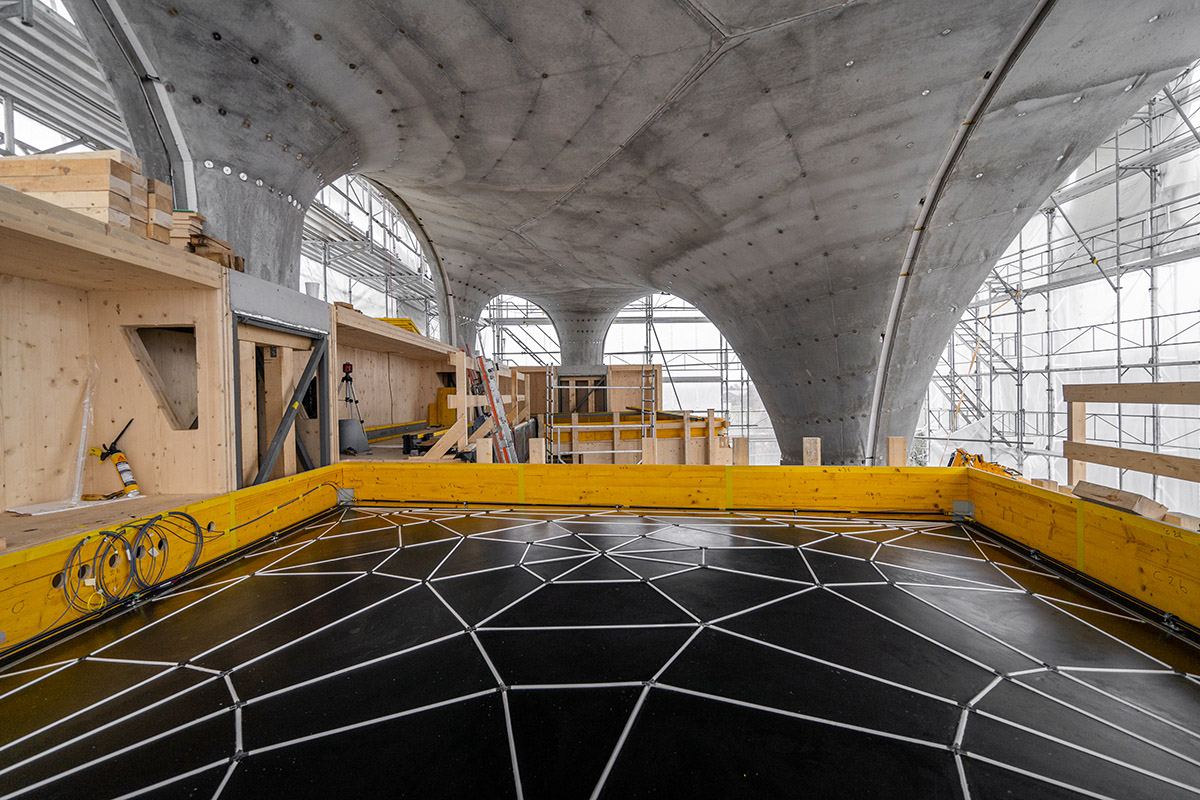
Image courtesy of ETH Zurich
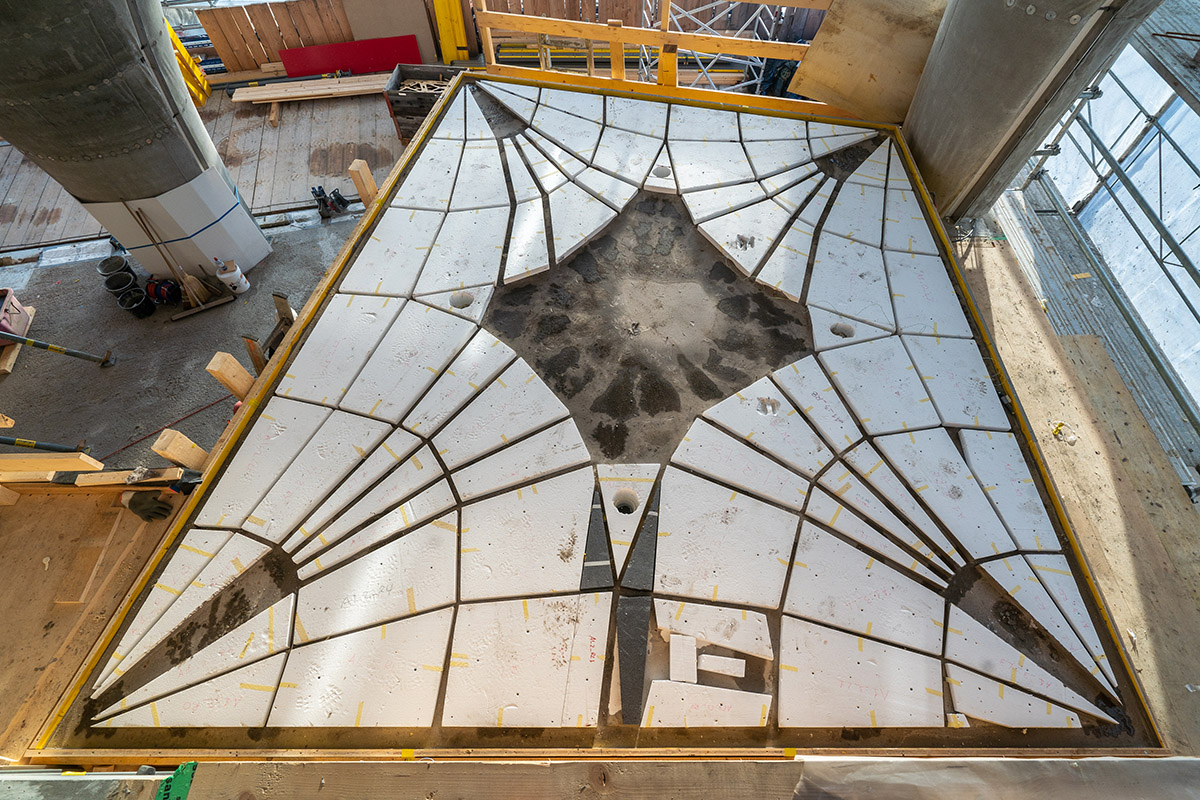
Image courtesy of ETH Zurich
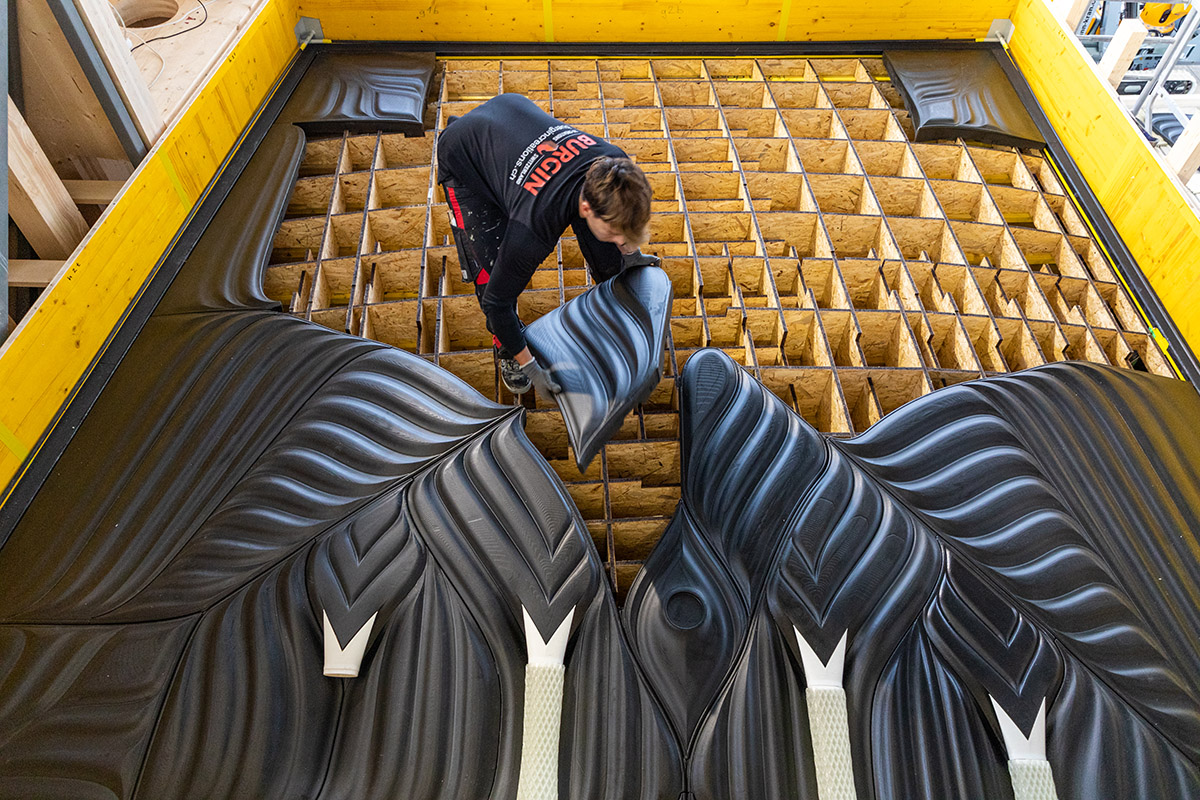
Image courtesy of ETH Zurich
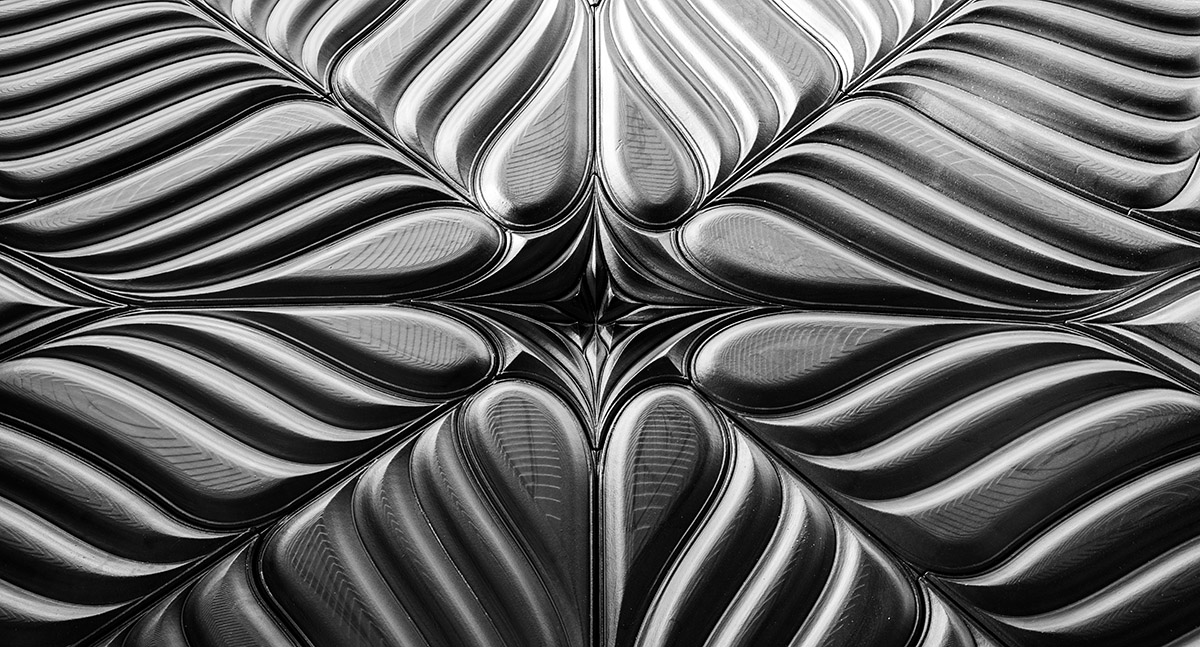
Image courtesy of ETH Zurich
Project Team
Innovation
Block Research Group, ETH Zurich
Chair of Architecture and Building Systems, ETH Zurich
Architecture
ROK Architekten
Block Research Group, ETH Zurich
Project Lead ROK Architekten
Top image © Roman Keller
> via ETH Zurich
